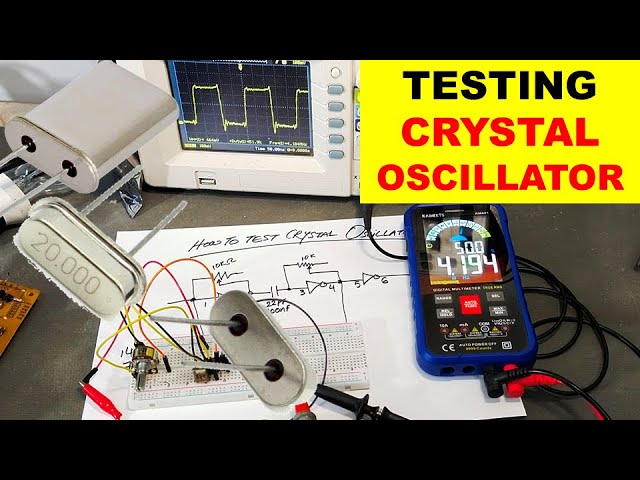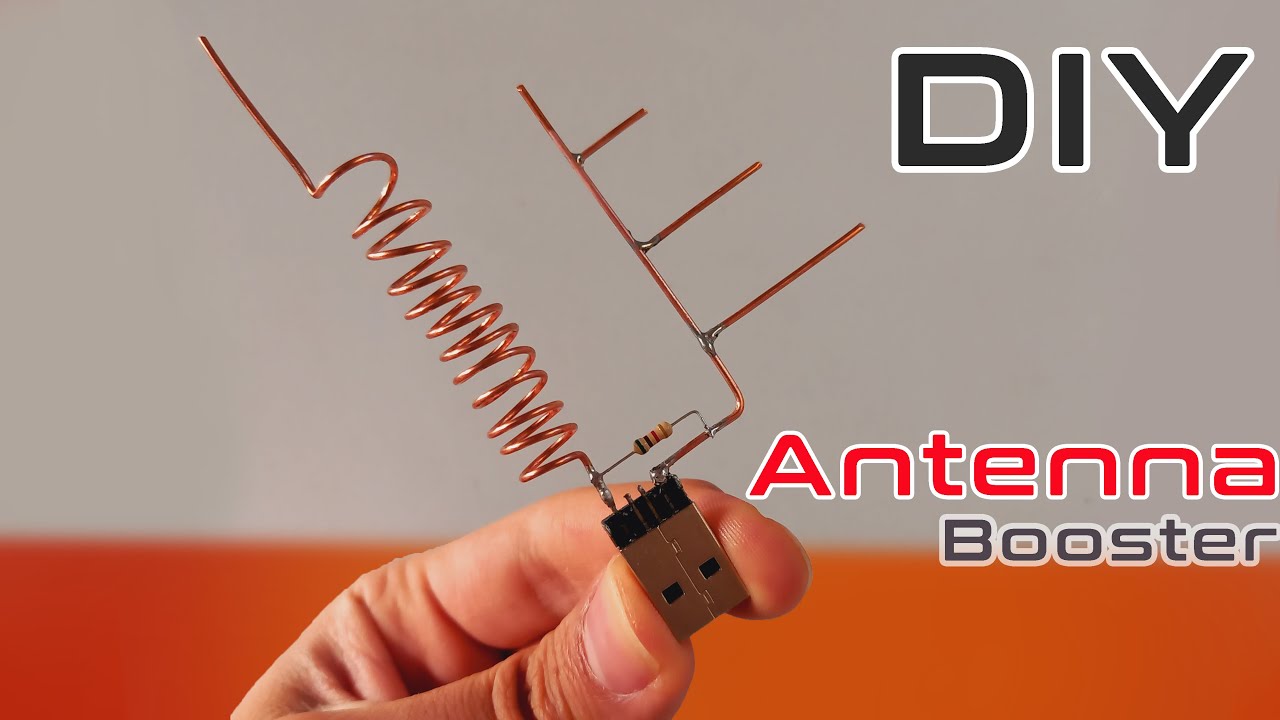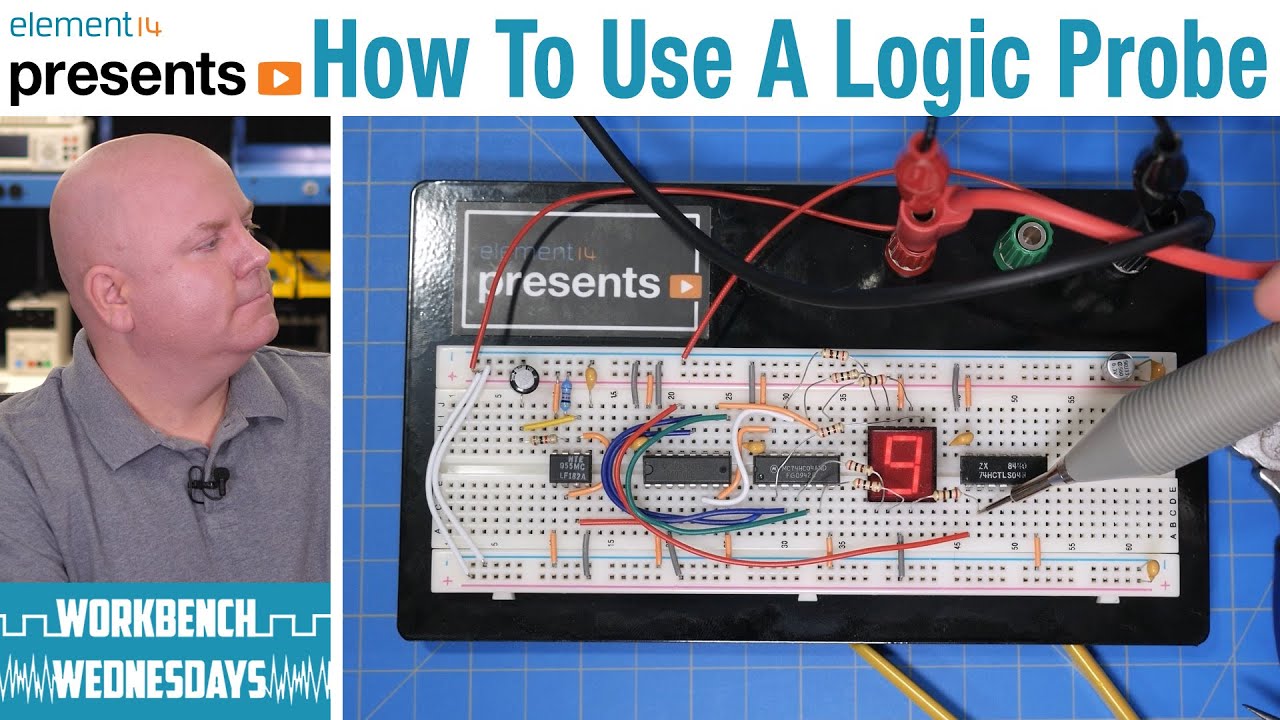How to Make a Basic Power Supply Circuit
Are you looking to build a basic power supply circuit for your DIY electronics projects? In this step-by-step guide, we will walk you through the process of creating a simple power supply that can provide a stable voltage for your electrical components. Whether you’re a beginner or a seasoned electronics enthusiast, this tutorial is perfect for anyone looking to learn the ropes of building their own power supply.
Materials Required:
- Transformer (with appropriate voltage and current ratings)
- Rectifier diodes
- Filter capacitors
- Regulator IC (LM7805 for +5V output, LM7812 for +12V output, LM7912 for -12V output)
- Heat sink
- PCB or breadboard
- Various connecting wires
- Soldering iron and solder
Step 1: Understanding the Basics
Before we begin building our power supply circuit, it’s essential to understand the basics of how it works. A power supply converts alternating current (AC) from the mains into direct current (DC) that can be used to power electronic devices. The basic components of a power supply circuit include a transformer, rectifier diodes, filter capacitors, and a voltage regulator.
Step 2: Building the Circuit
Start by connecting the transformer to the rectifier diodes, which will convert the AC input into pulsating DC. Next, connect the filter capacitors to smooth out the DC output. Finally, connect the regulator IC to stabilize the voltage and provide a constant output voltage. Be sure to attach a heat sink to the regulator IC to dissipate heat effectively.
Step 3: Testing and Troubleshooting
Once you have assembled the circuit, it’s time to test it to ensure that it’s working correctly. Use a multimeter to measure the output voltage and verify that it matches the desired voltage (e.g., +5V, +12V, or -12V). If you encounter any issues, double-check your connections and components for any errors or faults.
Step 4: Finalizing the Circuit
After confirming that the power supply circuit is functioning correctly, you can finalize the circuit by mounting it on a PCB or breadboard. Ensure that all connections are secure and insulated to prevent any short circuits. Congratulations, you have now successfully built a basic power supply circuit for your electronics projects!
Building your power supply circuit can be a rewarding experience and a valuable skill to have as an electronics hobbyist. With a basic understanding of the components and circuitry involved, you can customize your power supply to meet the specific requirements of your projects. So, roll up your sleeves, grab your tools, and start building your power supply circuit today!
How to Make a Basic Power Supply Circuit
Are you looking to build a basic power supply circuit for your DIY electronics projects? In this step-by-step guide, we will walk you through the process of creating a simple power supply that can provide a stable voltage for your electrical components. Whether you’re a beginner or a seasoned electronics enthusiast, this tutorial is perfect for anyone looking to learn the ropes of building their own power supply.
Materials Required:
- Transformer (with appropriate voltage and current ratings)
- Rectifier diodes
- Filter capacitors
- Regulator IC (LM7805 for +5V output, LM7812 for +12V output, LM7912 for -12V output)
- Heat sink
- PCB or breadboard
- Various connecting wires
- Soldering iron and solder
Step 1: Understanding the Basics
Before we begin building our power supply circuit, it’s essential to understand the basics of how it works. A power supply converts alternating current (AC) from the mains into direct current (DC) that can be used to power electronic devices. The basic components of a power supply circuit include a transformer, rectifier diodes, filter capacitors, and a voltage regulator.
Step 2: Building the Circuit
Start by connecting the transformer to the rectifier diodes, which will convert the AC input into pulsating DC. Next, connect the filter capacitors to smooth out the DC output. Finally, connect the regulator IC to stabilize the voltage and provide a constant output voltage. Be sure to attach a heat sink to the regulator IC to dissipate heat effectively.
Step 3: Testing and Troubleshooting
Once you have assembled the circuit, it’s time to test it to ensure that it’s working correctly. Use a multimeter to measure the output voltage and verify that it matches the desired voltage (e.g., +5V, +12V, or -12V). If you encounter any issues, double-check your connections and components for any errors or faults.
Step 4: Finalizing the Circuit
After confirming that the power supply circuit is functioning correctly, you can finalize the circuit by mounting it on a PCB or breadboard. Ensure that all connections are secure and insulated to prevent any short circuits. Congratulations, you have now successfully built a basic power supply circuit for your electronics projects!
Building your power supply circuit can be a rewarding experience and a valuable skill to have as an electronics hobbyist. With a basic understanding of the components and circuitry involved, you can customize your power supply to meet the specific requirements of your projects. So, roll up your sleeves, grab your tools, and start building your power supply circuit today!



